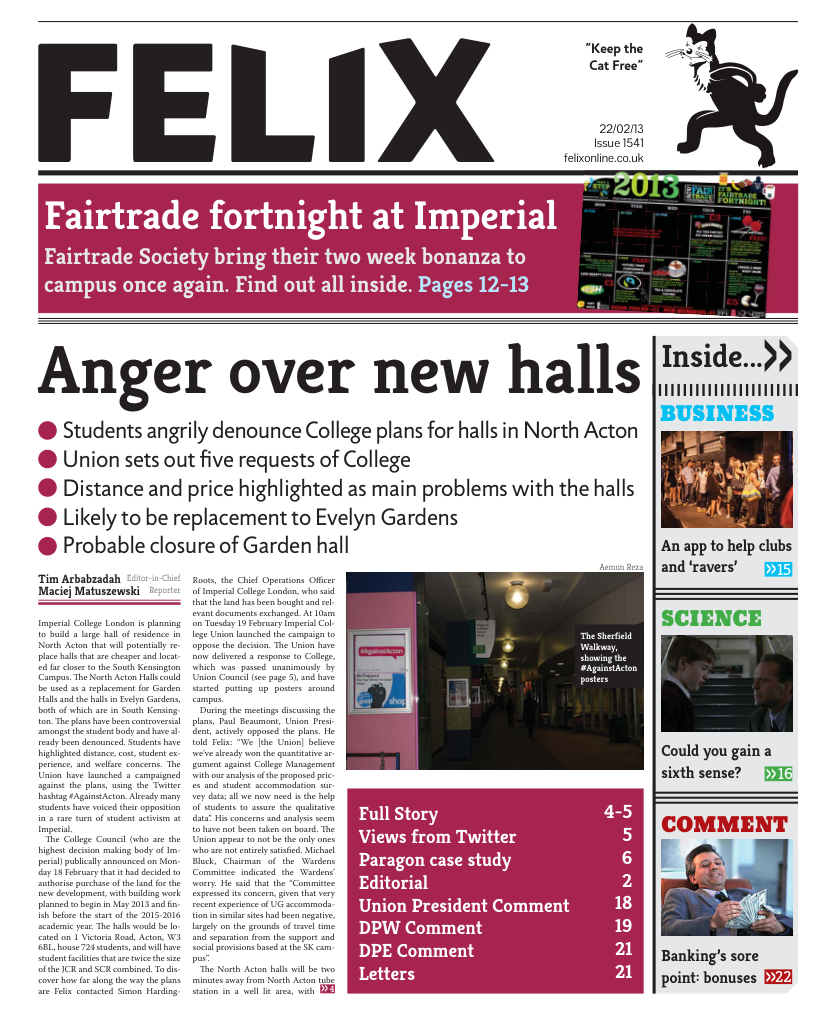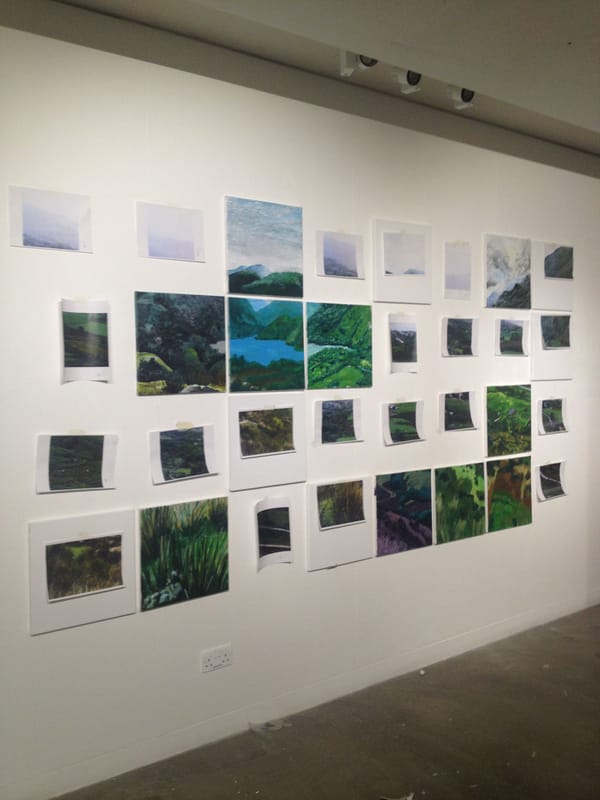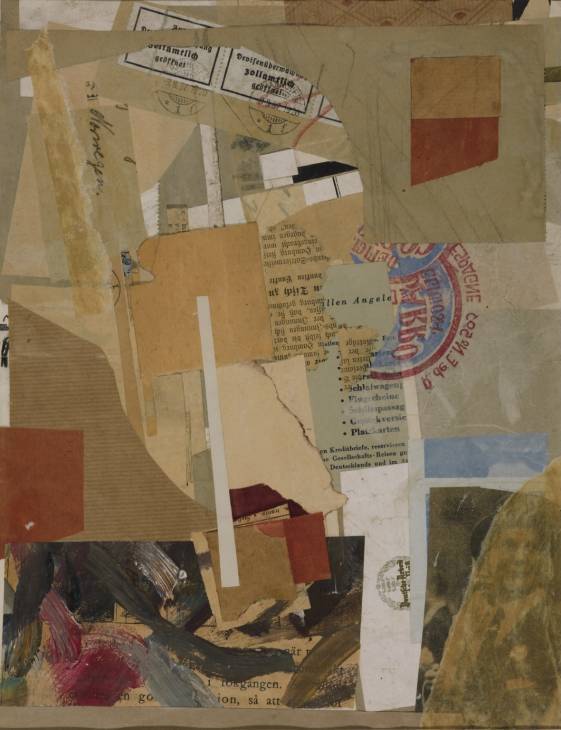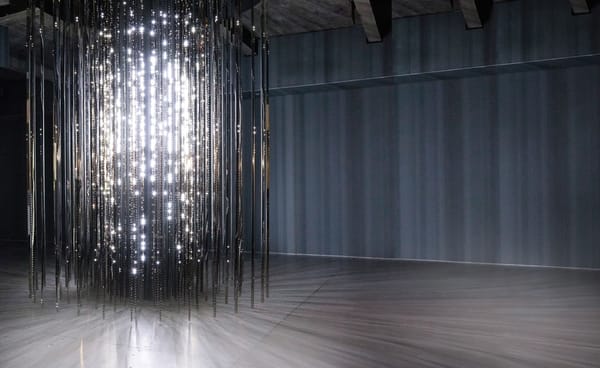Not an Italian job
A look into an exhibition on the Renaissance and its origins

The Renaissance is generally considered to be an Italian affair. No one could doubt the profound part that the works of the Italians, such as Michangelo and Leonardo da Vinci, played in this era. But this is not the whole story. The 130 plus artworks which are currently on display at The Queen’s Gallery depict the flip-side of the Renaissance, from the darker lands of Northern Europe. These artworks are certainly a far cry from the soft, sensuous curves of Botticelli’s The Birth of Venus and they may lack the alluring quality of da Vinci’s Mona Lisa, yet these artworks were constructed with skill and talent comparable to the Italians and are a real feast for the eyes.
During the 15th century, Europe experienced a burst of social, cultural and economic change. The increased use of gold, rather than land, for exchanging wealth enabled money to flow to artists, musicians and scientists, rather than just amongst landowners. The demise of feudalism, coupled with the decline in the Roman Catholic Church’s influence on North-westerly Europe allowed new philosophical views to arise and pave the way for new artistic expression. Although the two sub-genres of the Northern and Italian Renaissance were in constant cultural exchange, there are notable differences between the styles. This is mainly attributed to the grounding of the Northern Renaissance works in the Protestant Reformation, thus challenging the teachings of the Catholic Church. The distribution of new texts and the subsequent escalation of new thinking was fuelled by the invention of the printing press. It was the contribution of the German Renaissance giant, Albrecht Dürer, to use printing as a chief method in creating visual artworks.
A significant quantity of the gallery space is dedicated to his work, with his woodcut prints establishing a definite highlight of the exhibition. His prints for The Book of the Revelation of St. John (a.k.a Apocalypse) are especially awesome to behold, as these violent scenes are depicted with such incredible intricacy. The lack of colour makes it difficult to focus on a particular character, especially as each image is crammed with action and chaos. These images would have seemed particularly poignant in 1498, two years before the heralded end of the world.
This exhibit also comprises a collection of sumptuous paintings. A fine example of this is Lucas Cranach the Elder’s Apollo and Diana (c. 1526), which shows the sun god and his twin sister, the moon goddess, hunting in the nude. The intense contrast between their pale skin and the dark, luscious foliage behind them is quintessential for Northern Renaissance paintings. Depicting the dominant force of nature was a popular theme amongst German artists of the era but this image also shows the primitive strength of humanity. Diana is perched on the back of a stag, with her curly hair gently wrapped around its antlers. The fastidious attention to detail is what really makes this painting such a marvel, from the delicate highlights on the stag’s eye, to the tiny swan gliding on the lake in the distance.
Within the corridor, between the main rooms, sits an alcove of glass cabinets containing some of the most exquisitely decorated armour that I have ever seen. Each item is covered with fine etching, depicting scenes from myths and religious stories. The Parade Shield (ca. 1562-3) is particularly beautiful. The entire surface of the blued iron is adorned with embossed figures, portraying four episodes from the life of Julius Caesar, illuminated with overlays of silver and gold. It has been suspected that this shield was a gift for Henry VIII, which is hardly surprising, as it looks like it was crafted for a king.
The furthermost room within the gallery is devoted to the incredible technical skill of the artists from the Netherlands. At opposite ends of this room hang two embellished Flemish tapestries, The Triumphs of Petrarch and The Redemption of Man, surrounded by oil paintings of rich, saturated colours. My favourite of the paintings on display is the double-sided, stand-alone panel called Martyrdom of St. Ursula, attributed to the anonymous artist known as Master of the Magdalen Legend. One side delineates the quayside massacre of Ursula’s company of eleven thousand virgins and her betrothed, Conon, the son of the pagan King of England. They were returning to Brittany from their pilgrimage to be baptised in Rome, when their vessels were attacked by the Huns in Cologne. The entire party was slaughtered, including Ursula, when she refused to marry the barbarian leader. This painting is very beautiful despite the graphic scene. Amongst the chaos Ursula stands with grace and integrity, whilst being targeted by three archers. The other side of the panel depicts St. Hugh and St. Bruno.
The exhibition closes by paying homage to the great Hans Holbein the Younger. As an important court artist (most notably for Henry VIII) Holbein’s collection is composed mainly of portraits. The life-like quality of these pieces is truly breathtaking and reinforces the incredible talent of the artists working in the renaissance.
The masterpieces that run throughout this exhibit transport you into a rich and colourful world, where infamous kings and brave knights dominate; a form of escapism which I highly recommend.
The Northern Renaissance: Dürer to Holbein at The Queen’s Gallery. Tickets from £8.50 for students. Until 14th April.








